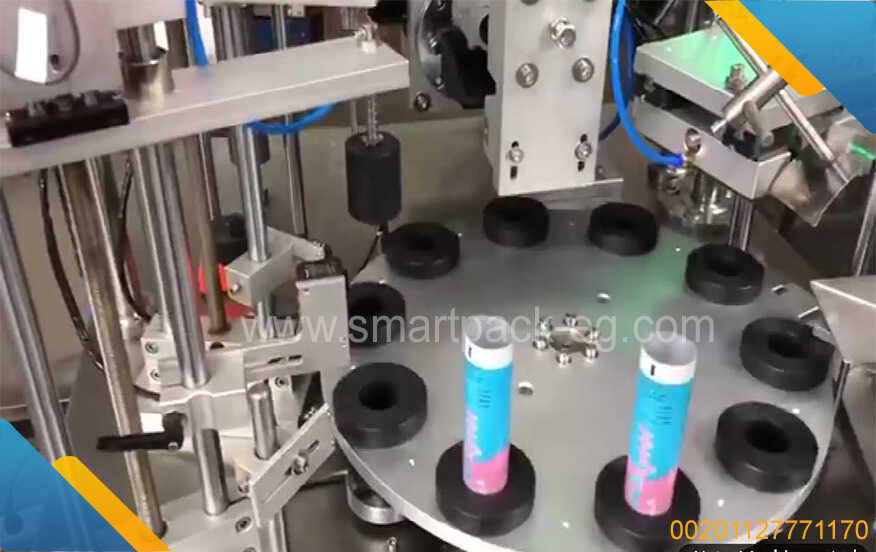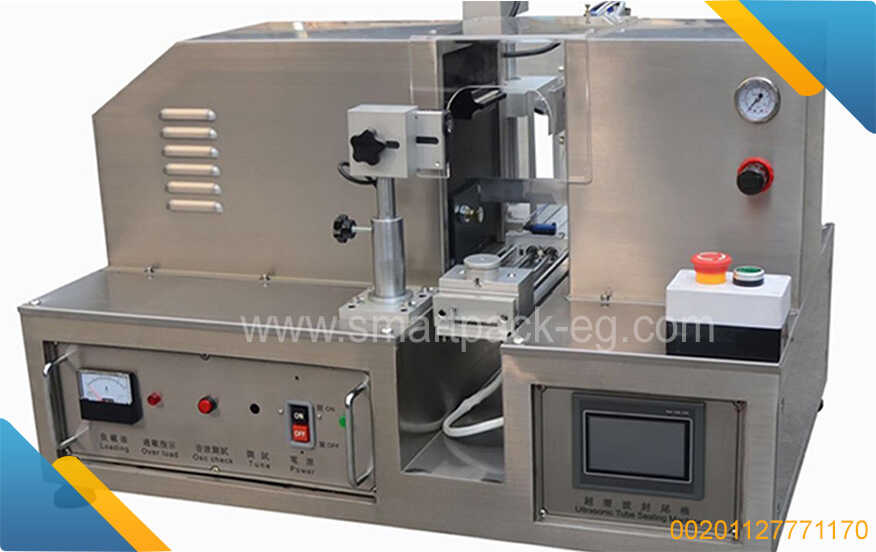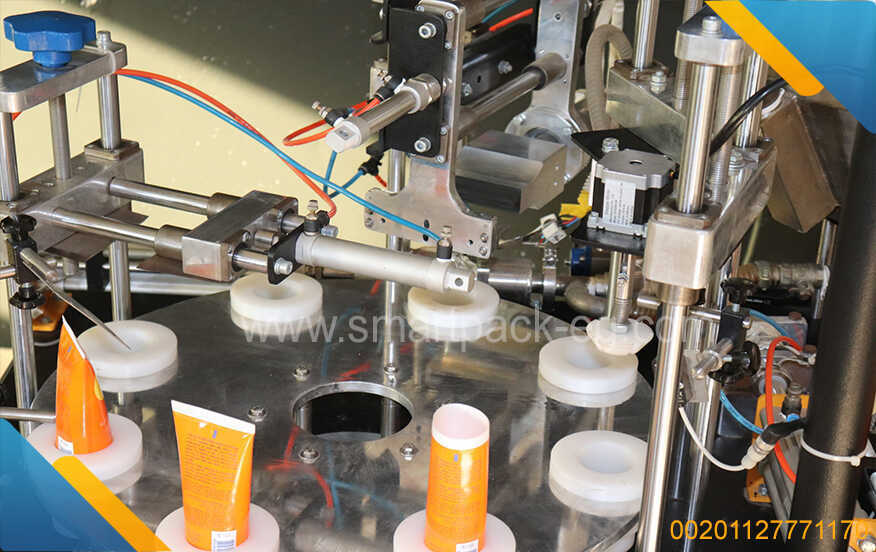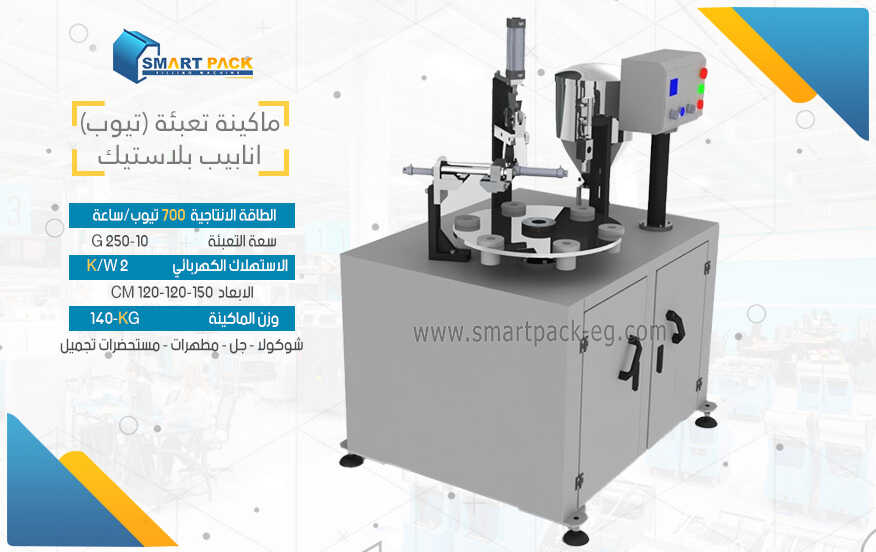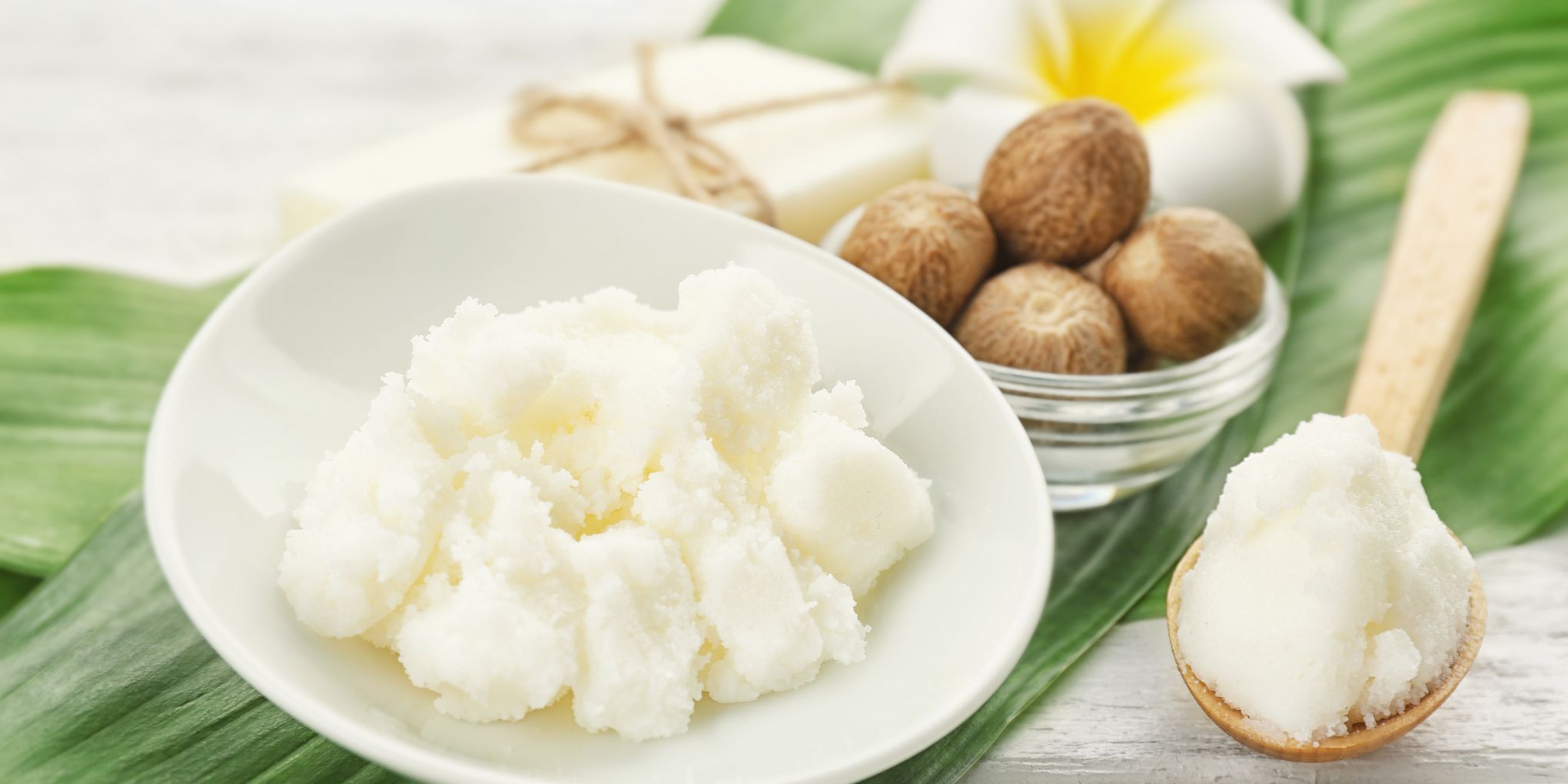How To Guide: Tahini Packaging
Introduction:
In this guide, I will provide you with step-by-step instructions on how to package tahini effectively. Tahini is a smooth paste made from sesame seeds and is widely used in various cuisines. Proper packaging not only ensures the product reaches customers in good condition but also enhances its shelf life. Additionally, I will also explain the production line and the packaging machines used in the process.
Step 1: Product Preparation
Before packaging tahini, ensure that the product is prepared correctly. This involves grinding sesame seeds to a smooth consistency, adding any necessary ingredients, and achieving the desired taste and texture. Pay attention to quality control measures during this process to ensure a consistent product.
Step 2: Choosing the Right Packaging Materials
Selecting suitable packaging materials is crucial in maintaining tahini's freshness and quality. Consider using food-grade containers such as jars or bottles made from glass or high-density plastic. These materials protect the tahini from external factors such as light and moisture, which can degrade its quality over time.
Step 3: Labeling and Information
Create attractive labels for your tahini jars or bottles. Include essential product information such as the product name, brand logo, ingredients, nutritional facts, production date, expiration date, and contact information. Ensure that the labels comply with any legal requirements and regulations specific to your region.
Step 4: Filling and Sealing
To fill tahini into the packaging containers, you can use either manual or automated filling machines. For small-scale production, manual filling may suffice. However, for larger volumes, consider investing in an automated filling machine to increase efficiency. Make sure the lids or caps are properly sealed to maintain product freshness.
Step 5: Product Batch Identification
Assign batch numbers or codes to each packaged tahini container. This helps in traceability and quality control in case of any issues or recalls. Keep a record of each batch number along with production dates and other relevant information for reference and easy tracking.
Production Line and Packaging Machines:
The tahini packaging process involves several machines to ensure quick and efficient production. Here are some common machines used in the tahini packaging production line:
-
Sesame Seeds Grinder: This machine crushes sesame seeds into a smooth paste, which is the primary ingredient for tahini.
-
Mixing Machine: The mixing machine blends the ground sesame paste with any additional ingredients like salt or oil to achieve the desired taste and consistency.
-
Filling Machine: This machine fills the prepared tahini paste into packaging containers. It can be operated manually or automatically based on production volume.
-
Sealing Machine: After filling, the sealing machine ensures that the lids or caps of the packaging containers are securely sealed to prevent any leakage or contamination.
-
Labeling Machine: Once the containers are sealed, the labeling machine applies the pre-designed labels containing essential product information onto the packaging.
-
Batch Coding Machine: This machine assists in batch identification by printing batch numbers, codes, and best-before dates on each packaged container.
Conclusion:
By following this step-by-step guide, you can effectively package tahini, ensuring its freshness and quality. Properly labeled containers with accurate product information will attract customers and build trust in your brand. Remember to use appropriate packaging materials and invest in suitable machinery according to your production scale. Implementing robust production line processes and utilizing efficient machines will contribute to a successful tahini packaging operation.

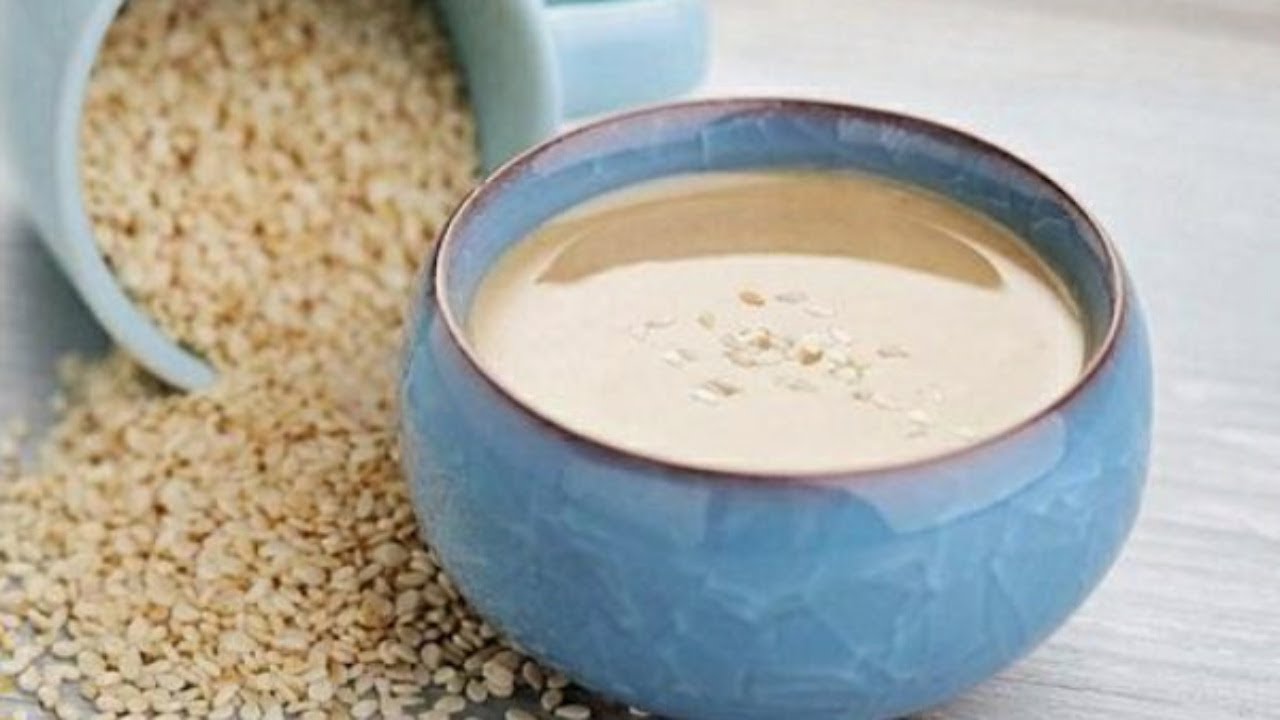
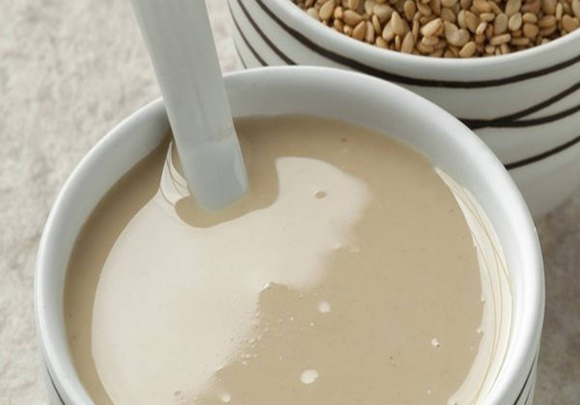
 Admin
Admin 